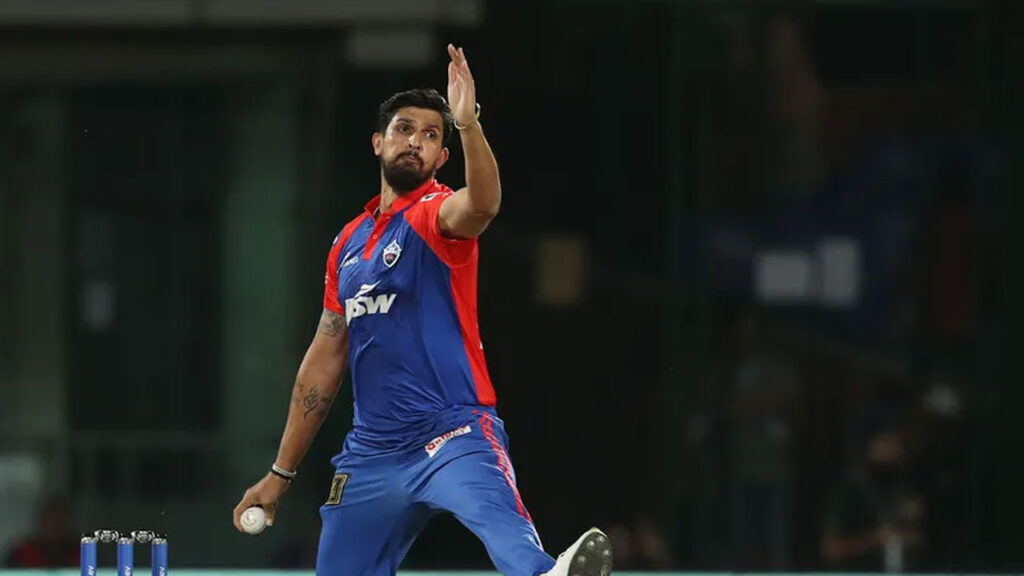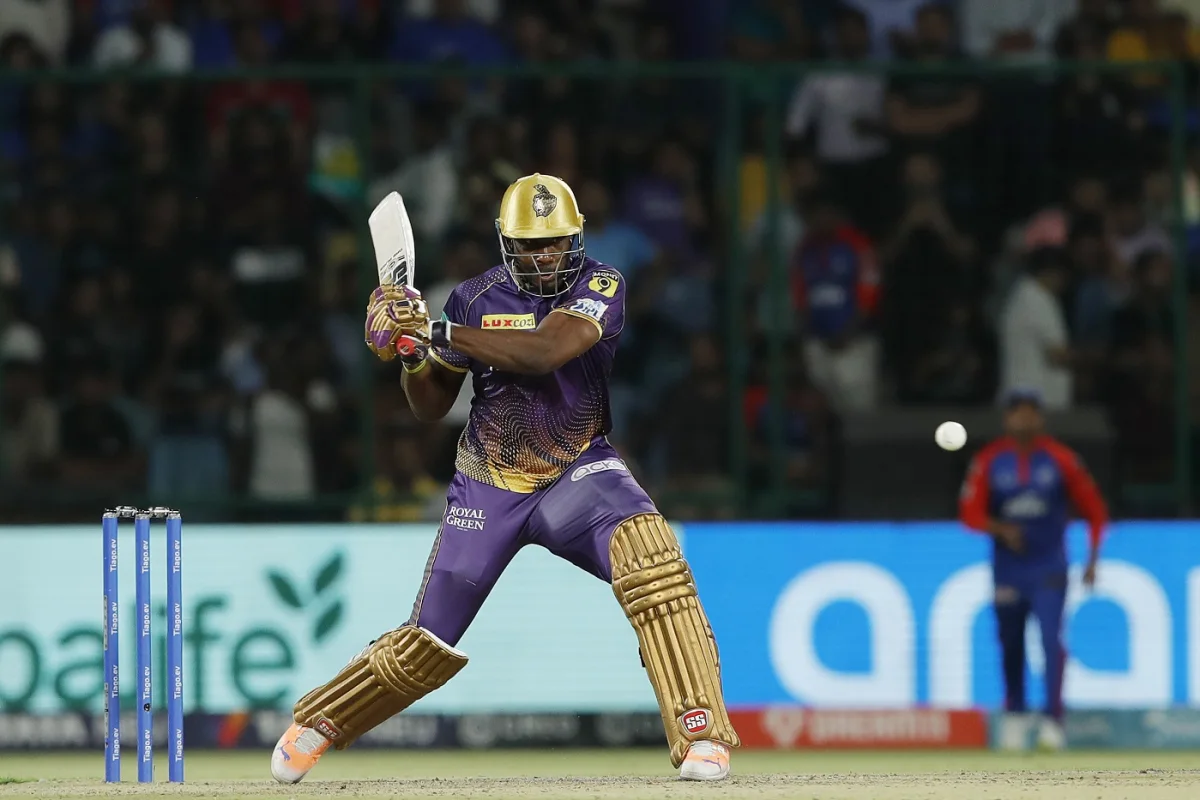
Ishant Sharma was touted as a future star long before the rest of the world had even heard of Andre Russell. He was also part of some great international sides, including one that went unbeaten through the Champions Trophy in 2013, India’s last ICC Trophy win. Russell won the T20 World Cup twice with West Indies, but represented the region just 124 times across formats in a career that spanned 11 years.
Ishant was considered finished as a white-ball bowler nearly a decade ago, but worked so hard on his Test-match skills that he became a crucial component of India’s greatest-ever Test side. Russell will always be remembered for his immense displays in the colours of the various T20 franchises he represented around the world.
At the Arun Jaitley Stadium in Delhi on April 20, Ishant wound back the clock for a while. Russell seemed to be on borrowed time. You can’t read too much into performances in a single game, but in a year when both of them will turn 35, it seems as though Russell – bonafide T20 legend – is as close to the exit door as the much-mocked Ishant.
It wasn’t always that way. Until the Gabba in 2021, there was no debate over which was India’s greatest overseas win. In January 2008, a team led by Anil Kumble had gone to Perth in the aftermath of the controversial ‘Monkeygate’ Test in Sydney that changed the game’s power structures forever. For a generation, ever since the mid-1980s, Australia had bullied every visiting team other than the West Indies at the WACA, with its snaking cracks, trampoline bounce, tandoor heat and the Fremantle Doctor.
The Australian media, never shy of putting down a visiting team, was full of vivid detail about the examination by pace that India would face, with Shaun Tait – The Wild Thing – added to an attack that already boasted Brett Lee, Mitchell Johnson and Stuart Clark. Yet, the spell of the match came on the fourth morning, from a gangly, uncoordinated Indian pace bowler whose figures did no justice to how beautifully he bowled.
Ishant was relentless in his probing outside Ricky Ponting’s off stump. There were a couple of vociferous leg-before shouts turned down – the days before DRS – and the outside edge was beaten countless times. He finally got his man, caught at first slip by Rahul Dravid, but finished the innings with figures of 1-63. Those who were there could tell you, however, that his nine-over spell that morning was among the best an Indian pacer has ever bowled.

Later that year, when Australia came to India, the second Test was played in Mohali after a drawn game in Bangalore. Ishant got Ponting in both innings, leg before in the first and clean bowled in the second. In both cases, a combination of awkward bounce and prodigious inward movement did for one of the finest batsmen of his generation.
How ironic then that it was in Mohali exactly five years later that Ishant’s white-ball career was effectively ended. He hadn’t enjoyed a great ODI series, but had perfectly respectable figures of 1-33 from seven overs when MS Dhoni threw him the ball for the 48th over of Australia’s chase. They needed 44 from 18, with four wickets in hand.
To say that it was a poor over is an understatement. Ishant was either too full or too short and James Faulkner took him to the laundromat, smashing four sixes and a four to swing the match Australia’s way. Ishant would play another 10 ODIs across the next three seasons, mostly when others were rested, but was never considered again for the T20I side. One especially lousy evening meant the end in not one, but two formats.
Even as a teenager though, Ishant always possessed a sense of calm. He reinvented himself as a Test bowler, especially effective on unforgiving Indian pitches. If you look at the numbers since Jasprit Bumrah made his Test debut in January 2018, Ishant (85 wickets from 26 Tests) has a better average (21.37) and strike-rate (46.7) than either Bumrah or Mohammed Shami. A few idiots on social media may have continued to mock him, but his captains and coaches clearly understood the value he brought to the side.
For over eight seasons, ever since he established himself in the 2015 campaign, few Kolkata Knight Riders fans would have dreamed of doubting Russell. The man with the blacksmith’s arms and golden Mohawk was pretty much the benchmark for all-round excellence. Fitness issues cropped up periodically, but when they could get him on the park, he was invariably a game-changer. And he could do it with ball and bat. Across 2015 and ’16, he took 29 wickets while conceding less than eight an over. In 2019, he clubbed 510 runs at an unreal strike-rate of 204.81.
To witness him scratching around against Delhi was to wonder if the well of inspiration has finally run dry. Don’t let those three sixes in Mukesh Kumar’s final over fool you. Till then, Russell had made just 19 from 26, hacking away while seldom making any sort of clean contact. It was only when Mukesh became overly predictable, spearing the ball in at Russell’s shoes, that the big heaves connected with something other than fresh air or the non-sweet spots of the bat.
In Perth all those years ago, Mike Coward, one of the most respected Australian journalists of the day, had quipped to anyone that cared to listen: “Who would have thought that we’d see the day when an Indian quick came to the WACA and put an Aussie batting great through the wringer?”
Ishant knows that those days are long gone. They aren’t coming back. But in the Delhi dugout, a certain Ricky Thomas Ponting might recognise that there will be days, and pitches, where his one-time tormentor can make a telling contribution. As for Russell, the torment lies in watching him trying to find the player he used to be. It’s not a pretty sight. Muscle memory and sheer grit could yet see him turn his season, and the team’s, around, but don’t count on it.



